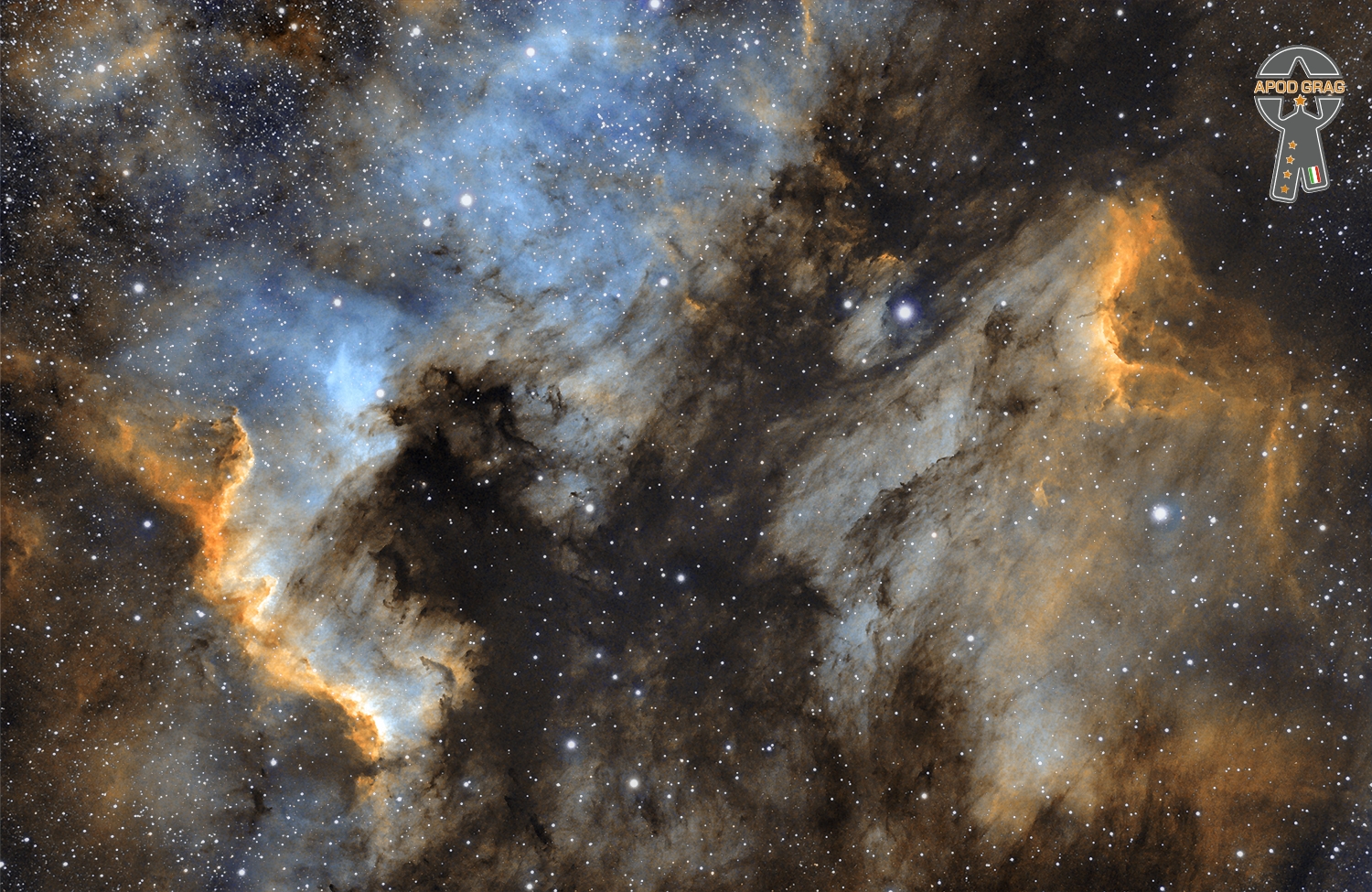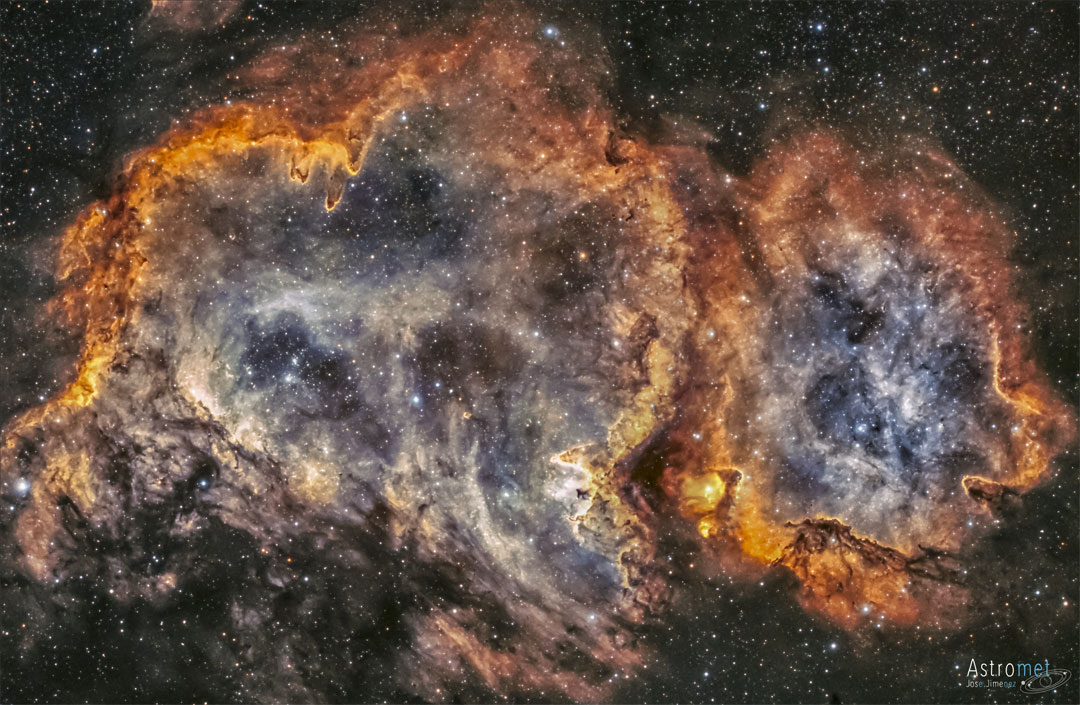Blog
Fred Neil (March 16, 1936 – July 7, 2001) was an American folk singer-songwriter active in the 1960s and early 1970s. He did not achieve commercial success as a performer and is mainly known through other people’s recordings of his material – particularly “Everybody’s Talkin’“, which became a hit for Harry Nilssonafter it was used in the film Midnight Cowboy in 1969. Though highly regarded by contemporary folk singers, he was reluctant to tour and spent much of the last 30 years of his life assisting with the preservation of dolphins.
Fred Neil was born Frederick Ralph Morlock Jr., in Cleveland, Ohio, just two weeks after his parents, Frederick Ralph Morlock and Lura Camp Riggs, married. Neil later said that he took his stage name from his maternal grandmother, Addie Neill, the family member of whom he was fondest. While they lived in Ohio, his father installed sound systems for the Automatic Musical Instrument Distribution Company (AMI), which made player pianos and, later, jukeboxes, and then worked for the Triangle Music Company, distributor of Aireon jukeboxes. In 1942, the Morlock family moved to St. Petersburg, Florida, where young Fred started singing when he was in first grade, coached by his mother, she claimed. Around 1947, when in sixth grade, he started playing guitar. His parents had separated in 1945, divorcing in 1949, and his father returned to Cleveland.
more...Thomas Lee Flanagan (March 16, 1930 – November 16, 2001) was an American jazz pianist and composer. He grew up in Detroit, initially influenced by such pianists as Art Tatum, Teddy Wilson, and Nat King Cole, and then by bebop musicians. Within months of moving to New York in 1956, he had recorded with Miles Davis and on Sonny Rollins‘ album Saxophone Colossus. Recordings under various leaders, including Giant Steps of John Coltrane, continued well into 1962, when he became vocalist Ella Fitzgerald‘s full-time accompanist. He worked with Fitzgerald for three years until 1965, and then in 1968 returned to be her pianist and musical director, this time for a decade.
After leaving Fitzgerald in 1978, Flanagan attracted praise for the elegance of his playing, which was principally in trio settings when under his own leadership. In his 45-year recording career, he recorded more than three dozen albums under his own name and more than 200 as a sideman. By the time of his death, he was one of the most widely admired jazz pianists and had influenced both his contemporaries and later generations of players.
Flanagan was born in Conant Gardens, Detroit, Michigan, on March 16, 1930. He was the youngest of six children – five boys and a girl. His parents were both originally from Georgia. His father, Johnson Sr,was a postman, and his mother, Ida Mae, worked in the garment industry.
more...The North America Nebula (NGC 7000 or Caldwell 20) is an emission nebula in the constellationCygnus, close to Deneb (the tail of the swan and its brightest star). The shape of the nebularesembles that of the continent of North America, complete with a prominent Gulf of Mexico.
On October 24, 1786, William Herschel observing from Slough, England, noted a “faint milky nebulosity scattered over this space, in some places pretty bright.” The most prominent region was catalogued by his son John Herschel on August 21, 1829. It was listed in the New General Catalogueas NGC 7000, where it is described as a “faint, most extremely large, diffuse nebulosity.”

Ryland Peter “Ry” Cooder (born March 15, 1947) is an American musician, songwriter, film score composer, record producer, and writer. He is a multi-instrumentalist but is best known for his slide guitar work, his interest in traditional music, and his collaborations with traditional musicians from many countries.
Cooder’s solo work draws upon many genres. He has played with John Lee Hooker, Captain Beefheart, Taj Mahal, Gordon Lightfoot, Ali Farka Touré, Eric Clapton, The Rolling Stones, Van Morrison, Neil Young, Randy Newman, Linda Ronstadt, Vishwa Mohan Bhatt, David Lindley, The Chieftains, Warren Zevon, The Doobie Brothers, and Carla Olson and The Textones (on record and film). He formed the band Little Village, and produced the album Buena Vista Social Club (1997), which became a worldwide hit; Wim Wenders directed the documentary film of the same name (1999), which was nominated for an Academy Award in 2000.
Cooder was ranked at No. 8 on Rolling Stone magazine’s 2003 list of “The 100 Greatest Guitarists of All Time”, while a 2010 list by Gibson Guitar Corporation placed him at No. 32. In 2011, he published a collection of short stories called Los Angeles Stories. Ryland Peter Cooder was born in Los Angeles on March 15, 1947, the son of Emma Casaroli and Bill Cooder. His mother was of Italian descent. He grew up in Santa Monica, California, and graduated from Santa Monica High School in 1964. During the 1960s, he briefly attended Reed College in Portland, Oregon. He began playing the guitar when he was three years old. At the age of four, he accidentally stuck a knife in his left eye and has sported a glass eye ever since.
more...Charles Lloyd (born March 15, 1938) is an American jazz musician. Though he primarily plays tenor saxophone and flute, he has occasionally recorded on other reed instruments, including alto saxophone and the Hungarian tárogató. Lloyd’s primary band since 2007 has been a quartet including pianist Jason Moran, acoustic bassist Reuben Rogers, and drummer Eric Harland.
Charles Lloyd was born and grew up in Memphis, Tennessee, United States, and was exposed to blues, gospel and jazz. He is of African, Cherokee, Mongolian, and Irish ancestry. He was given his first saxophone at the age of nine and was riveted by 1940s radio broadcasts by Charlie Parker, Coleman Hawkins, Lester Young, Billie Holiday and Duke Ellington. His early teachers included pianist Phineas Newborn, Jr. and saxophonist Irvin Reason. His closest childhood friend was trumpeter Booker Little. As a teenager Lloyd played jazz with saxophonist George Coleman, Harold Mabern, and Frank Strozier, and was a sideman for blues artists Bobby “Blue” Bland, Howlin’ Wolf and B.B. King, and R & B singer Johnny Ace.
In 1956, Lloyd left Memphis for Los Angeles to earn a degree in music at the University of Southern California, where he studied with Bartók specialist Halsey Stevens. At night, he played in jazz clubs with Ornette Coleman, Billy Higgins, Scott LaFaro, Don Cherry, Charlie Haden, Eric Dolphy, Bobby Hutchersonand other leading west coast jazz artists. He also was a member of Gerald Wilson‘s big band.
more...Samuel John “Lightnin” Hopkins (March 15, 1912 – January 30, 1982) was an American country bluessinger, songwriter, guitarist and occasional pianist from Centerville, Texas. In 2010, Rolling Stone magazine ranked him No. 71 on its list of the 100 greatest guitarists of all time.
The musicologist Robert “Mack” McCormick opined that Hopkins is “the embodiment of the jazz-and-poetry spirit, representing its ancient form in the single creator whose words and music are one act”. He was a notable influence on Townes Van Zandt, Hank Williams, Jr., and a generation of blues musicians like Stevie Ray Vaughan, whose Grammy winning song “Rude Mood” was directly inspired by the Texan’s song “Hopkins’ Sky Hop.” Hopkins was born in Centerville, Texas. As a child, he was immersed in the sounds of the blues. He developed a deep appreciation for the music at the age of 8, when he met Blind Lemon Jefferson at a church picnic in Buffalo, Texas. He went on to learn from his distant older cousin, the country blues singer Alger “Texas” Alexander; Hopkins had another cousin, the Texas electric blues guitarist Frankie Lee Sims, with whom he later recorded. Hopkins began accompanying Jefferson on guitar at informal church gatherings. Jefferson reputedly never let anyone play with him except Hopkins, and Hopkins learned much from Jefferson at these gatherings.
more...Stars are forming in the Soul of the Queen of Aethopia. More specifically, a large star forming region called the Soul Nebula can be found in the direction of the constellation Cassiopeia, whom Greek mythology credits as the vain wife of a King who long ago ruled lands surrounding the upper Nile river. Also known as Westerhout 5 (W5), the Soul Nebula houses several open clusters of stars, ridges and pillars darkened by cosmic dust, and huge evacuated bubbles formed by the winds of young massive stars. Located about 6,500 light years away, the Soul Nebula spans about 100 light years and is usually imaged next to its celestial neighbor the Heart Nebula (IC 1805). The featured image is a composite of exposures made in different colors: red as emitted by hydrogen gas, yellow as emitted by sulfur, and blue as emitted by oxygen.

Joe Mooney (March 14, 1911 – May 12, 1975) was an American jazz and pop accordionist, organist, and vocalist.
Mooney was born in Paterson, New Jersey, United States. He went blind when he was around 10 years of age.
Mooney’s first job, at age 12, was playing the piano for requests called in to a local radio station. He and his brother, Dan, played together on radio broadcasts in the late 1920s, and recorded between 1929 and 1931 as the Sunshine Boys and the Melotone Boys; both sang while Joe accompanied on piano. They continued performing together on WLW in Cincinnati until 1936, after which time Dan Mooney left the music industry.
more...Shirley Scott (March 14, 1934 – March 10, 2002) was an American jazz organist. Her music was noted for its mixture of bebop, blues and gospel elements. She was known by the nickname “Queen of the Organ”.
Scott was born in Philadelphia, Pennsylvania. Her father operated a jazz club in the basement of the family home and her brother played Saxophone. At the age of eight, Scott began piano lessons. After enrolling at Philadelphia High School for Girls, where she was awarded a scholarship, Scott switched to trumpet and played in the all-city schools band.
She studied for bachelor and master’s degrees at Cheyney University. Later in life Scott would return to the university as a teacher.
more...Quincy Delight Jones Jr. (born March 14, 1933) is an American record producer, musician, songwriter, composer, arranger, and film and television producer. His career spans 70 years, with a record of 80 Grammy Award nominations, 28 Grammys, and a Grammy Legend Award in 1992.
Jones came to prominence in the 1950s as a jazz arranger and conductor before working on pop music and film scores. He moved easily between genres, producing pop hit records for Lesley Gore in the early 1960s (including “It’s My Party“) and serving as an arranger and conductor for several collaborations between the jazz artists Frank Sinatra and Count Basie. In 1968, Jones became the first African American to be nominated for an Academy Award for Best Original Song for “The Eyes of Love” from the film Banning. Jones was also nominated for an Academy Award for Best Original Score for his work on the 1967 film In Cold Blood, making him the first African American to be nominated twice in the same year. Jones produced three of the most successful albums by the pop star Michael Jackson: Off the Wall (1979), Thriller (1982), and Bad(1987). In 1985, Jones produced and conducted the charity song “We Are the World“, which raised funds for victims of famine in Ethiopia.
In 1971, Jones became the first African American to be the musical director and conductor of the Academy Awards. In 1995, he was the first African American to receive the academy’s Jean Hersholt Humanitarian Award. He is tied with sound designer Willie D. Burton as the second most Oscar-nominated African American, with seven nominations each. In 2013, Jones was inducted into the Rock & Roll Hall of Fame as the winner, alongside Lou Adler, of the Ahmet Ertegun Award. He was named one of the most influential jazz musicians of the 20th century by Time.
Quincy Delight Jones Jr. was born in the South Side of Chicago, Illinois on March 14, 1933, the eldest of two sons to Sarah Frances (née Wells; died 1999), a bank officer and apartment complex manager, and Quincy Delight Jones, a semi-professional baseball player and carpenter from Kentucky. Jones’s paternal grandmother was an ex-slave from Louisville, and Jones later discovered that his paternal grandfather was Welsh.
more...Leslie Thompson “Les” Baxter (March 14, 1922 – January 15, 1996) was a best-selling American musician and composer. After working as an arranger and composer for swing bands, he developed his own style of easy listening music, known as exotica and scored over 100 motion pictures. Baxter studied piano at the Detroit Conservatory before moving to Los Angeles for further studies at Pepperdine College. From 1943 on he played tenor and baritone saxophone for the Freddie Slack big band. Abandoning a concert career as a pianist, he turned to popular music as a singer. At the age of 23 he joined Mel Tormé‘s Mel-Tones, singing on Artie Shaw records such as “What Is This Thing Called Love?“
more...UGCA 307 hangs against an irregular backdrop of distant galaxies in this image from the NASA/ESA Hubble Space Telescope. The small galaxy consists of a diffuse band of stars containing red bubbles of gas that mark regions of recent star formation, and lies roughly 26 million light-years from Earth in the constellation Corvus. Appearing as just a small patch of stars, UGCA 307 is a diminutive dwarf galaxy without a defined structure — resembling nothing more than a hazy patch of passing cloud. This image is part of a Hubble project to explore every known nearby galaxy, giving astronomers insights into our galactic neighbourhood. Before this set of observations, almost three quarters of nearby galaxies had been investigated by Hubble in enough detail to spot the brightest stars and build up an understanding of the stars populating each galaxy. This Hubble project set out to explore the remaining quarter of nearby galaxies by taking advantage of short gaps in Hubble’s observing schedule. This crystal-clear image was captured by Hubble’s Advanced Camera for Surveys (ACS), which was installed on the telescope in 2002 during Servicing Mission 3B. Hubble’s vantage point in low Earth orbit means that it is above atmospheric turbulence, giving it a sharper view of the Universe. However, it is also close enough to Earth that astronauts could visit the telescope to repair and refurbish the telescope. In total, five Space Shuttle missions flew to Hubble and kept it at the forefront of astronomy by installing new instruments. The ACS replaced one of Hubble’s original instruments, the Faint Object Camera, which was built by ESA. [Image description: A wide band of bluish light extends from the centre of the image to the right side. It is speckled with many tiny stars, and a few small, bright red bubbles of gas, identifying it as a galaxy. The background is black, and has small galaxies and stars spread around. Most are too small to distinguish, except for two oval-shap

Terence William Harvey ‘Terry’ Cox (born 13 March 1937, in High Wycombe, Buckinghamshire) played drums in the British folk rock bands The Pentangle, Duffy’s Nucleus and Humblebums.
He also drummed with several other artists, most notably David Bowie and Elton John. He was drummer for Charles Aznavour from 1974 till 1982. In 1973, he had a songwriting partnership with Lynsey de Paul and Lenny Zakatek recorded two of their songs “Get Your Gun” and “Gotta Runaway” that was released as Zakatek on Bell Records.
more...Erma Vernice Franklin (March 13, 1938 – September 7, 2002) was an American gospel and soul singer. Franklin was the elder sister of American singer/musician Aretha Franklin. Franklin’s best known recording was the original version of “Piece of My Heart“, written and produced by Bert Berns, and recorded in 1967, for which she was nominated for a Grammy Award. A cover version of the same song was recorded the following year by Big Brother and the Holding Company, with the lead vocal by Janis Joplin.
Erma Franklin was born in Shelby, Mississippi, United States, the oldest daughter of Barbara (née Siggers) and the Reverend C. L. Franklin. She was raised in Detroit, Michigan, where her father was pastor of the New Bethel Baptist Church. She was raised by both parents until the age of 10, when her parents separated for the final time. Her mother took her eldest sibling, half-brother Vaughn, with her to Buffalo, New York, in 1948. Barbara Siggers-Franklin died four years later, on March 7, 1952, in Buffalo. Franklin studied Business at Clark Atlanta University (then known as Clark College).
more...More Posts
- Elmore James Day
- World Music with Namjilyn Norovbanzad
- Daily Roots with the Versatiles
- Echos of Freedom by Angela Davis
- The Cosmos with NGC 6826
- Anita Baker Day
- Huey “Piano” Smith Day
- Coxsone Dodd Day
- Stéphane Grappelli Day
- World Music with Ngola Ritmos
- Daily Roots with the Fabion
- Echos of Freedom with Maya Angelou
- The Cosmos with NGC 5963/5965
- Benny Golson Day
- Antonio Carlos Jobim Day
- Sleepy John Estes Day
- World Music with El Indio Gitano
- Daily Roots with the Harmonians
- Echos of Freedom by Nina Simone
- The Cosmos with M51